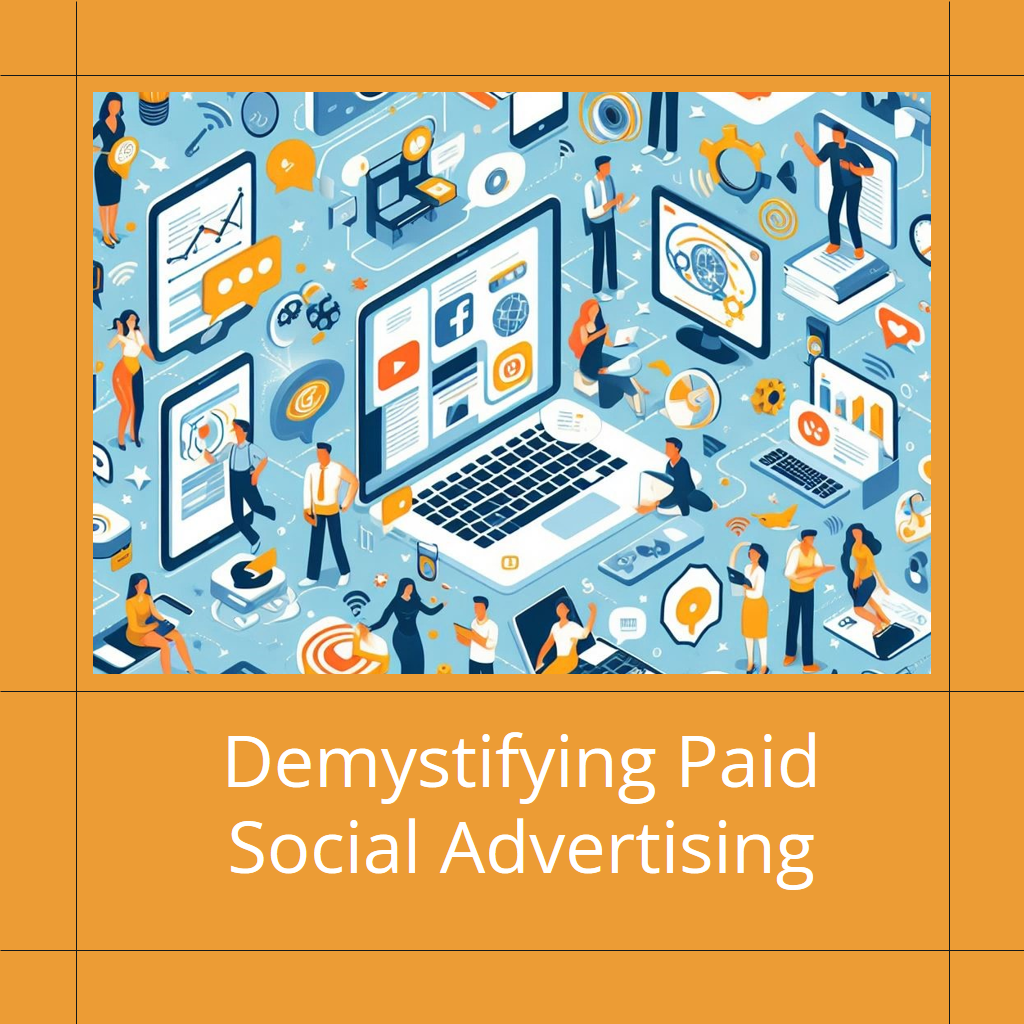
The Ultimate Guide to Paid Social Advertising
Demystifying Paid Social Advertising: A Beginner’s Guide to Effective Campaigns
In today’s digital landscape, paid social advertising has emerged as a powerful tool for businesses to connect with their target audience, drive website traffic, and ultimately boost sales. If you’re new to the world of paid social, this guide to paid social will equip you with the essential knowledge to create effective campaigns and maximize your ROI.
1. Define Your Goals and Objectives
Before diving into the creative process, it’s crucial to establish clear goals and objectives for your paid social campaigns. Are you aiming to increase brand awareness, drive website traffic, generate leads, or boost sales? Having a defined purpose will guide your ad creation and targeting strategy.
2. Understand Your Audience
Social media platforms offer a wealth of data to help you understand your ideal customer. Utilize demographics, interests, behaviors, and even purchase history to create detailed audience personas. This information will allow you to tailor your ad content and messaging effectively.
3. Craft Compelling Ad Creative
Your ad creative is what will grab your audience’s attention and entice them to engage. Keep it concise, visually appealing, and relevant to your target audience’s interests. Remember to highlight your unique selling proposition and call to action (CTA) to encourage clicks and conversions.
4. Leverage Targeting Options
Social media platforms provide granular targeting options to ensure your ads reach the right people. Demographic targeting allows you to focus on specific age groups, locations, and interests. Interest targeting narrows your audience based on their online behavior and engagement with specific topics.
5. Choose the Right Social Media Platform
Each social media platform has its own unique user base and strengths. Facebook is ideal for reaching a broad audience, Instagram excels at visual storytelling, LinkedIn targets professionals, and TikTok caters to younger demographics. Consider your target audience and marketing goals when selecting platforms.
6. Optimize for Different Platforms
Each social media platform has different ad format options and best practices. For instance, Facebook allows for longer ad copy, while Instagram favors visually captivating images and videos. Familiarize yourself with the platform’s guidelines and experiment with different formats to determine what works best.
7. Monitor and Measure Performance
Regularly track your campaign performance using analytics tools provided by the social media platforms. Analyze metrics such as impressions, clicks, conversions, and cost per acquisition (CPA). Use this data to identify areas for improvement and optimize your campaigns for better results.
8. A/B Test Different Ad Variations
Split testing, or A/B testing, involves running multiple versions of an ad to determine which performs best. Experiment with different headlines, images, or CTAs to see which combination generates the highest engagement and conversions.
9. Retarget and Reengage Existing Customers
Retargeting allows you to recapture the attention of those who have previously interacted with your brand, such as website visitors or those who abandoned shopping carts. Retargeting ads can remind them of your offerings and encourage them to complete a purchase.
10. Leverage Paid Social Tools and Extensions
Social media platforms offer various tools and extensions to enhance your paid social efforts. Facebook’s Pixel allows you to track website visitors and remarket to them. Instagram offers Stories Ads to promote your brand in a more engaging format.
11. Collaborate with Influencers
Reaching a wider audience and building brand credibility can be achieved through influencer marketing. Partner with individuals who align with your brand and have a strong following among your target audience.
12. Continuously Experiment and Adapt
The world of paid social advertising is constantly evolving. Stay up-to-date with the latest trends, experiment with new ad formats and targeting options, and adapt your strategies based on performance data.
By following these tips, you can effectively harness the power of paid social advertising to achieve your marketing goals and grow your business. Remember, paid social is an ongoing process, so be patient, persistent, and willing to adapt your strategies to optimize results.
Share this:

